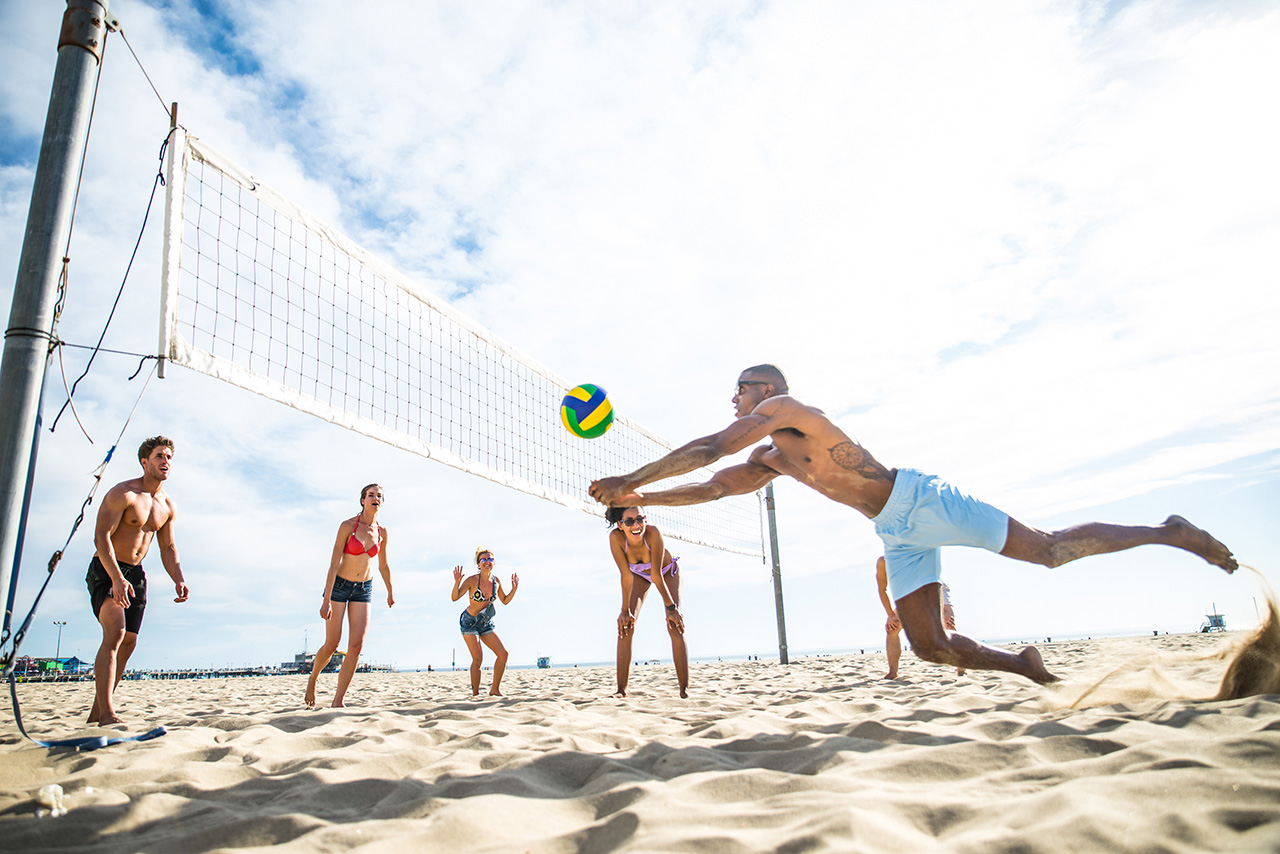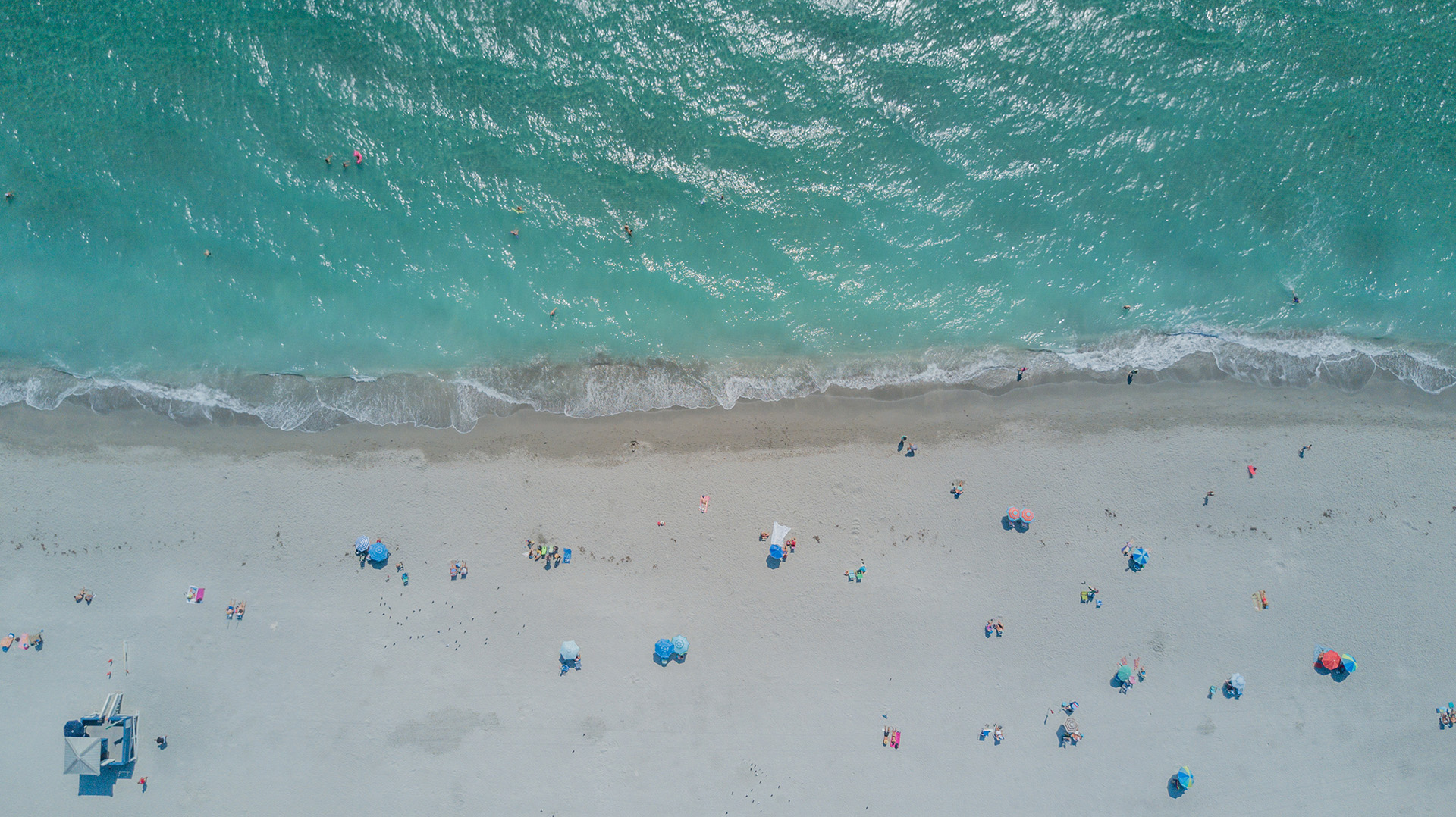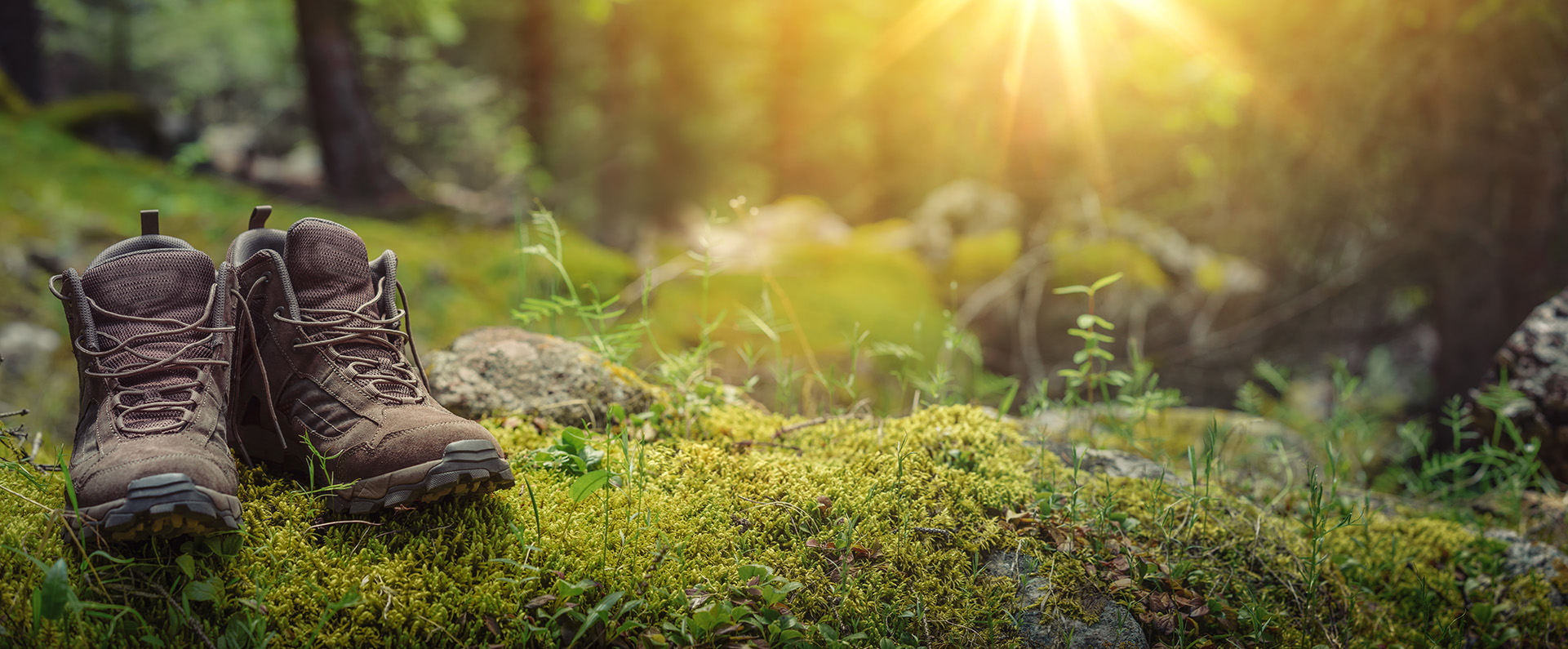
The Great Health Benefits of the Great Outdoors
April 11, 2023
Healing Our Heroes
May 25, 2023by Susannah Wollman
With temperatures in South Texas reaching into the upper 80s and lower 90s, it’s time to hit the beaches! If the water’s a bit too chilly for you yet, then this post is for you. We have gathered lots of beach sports for you to try and even some fun places to be on the oceanfront.
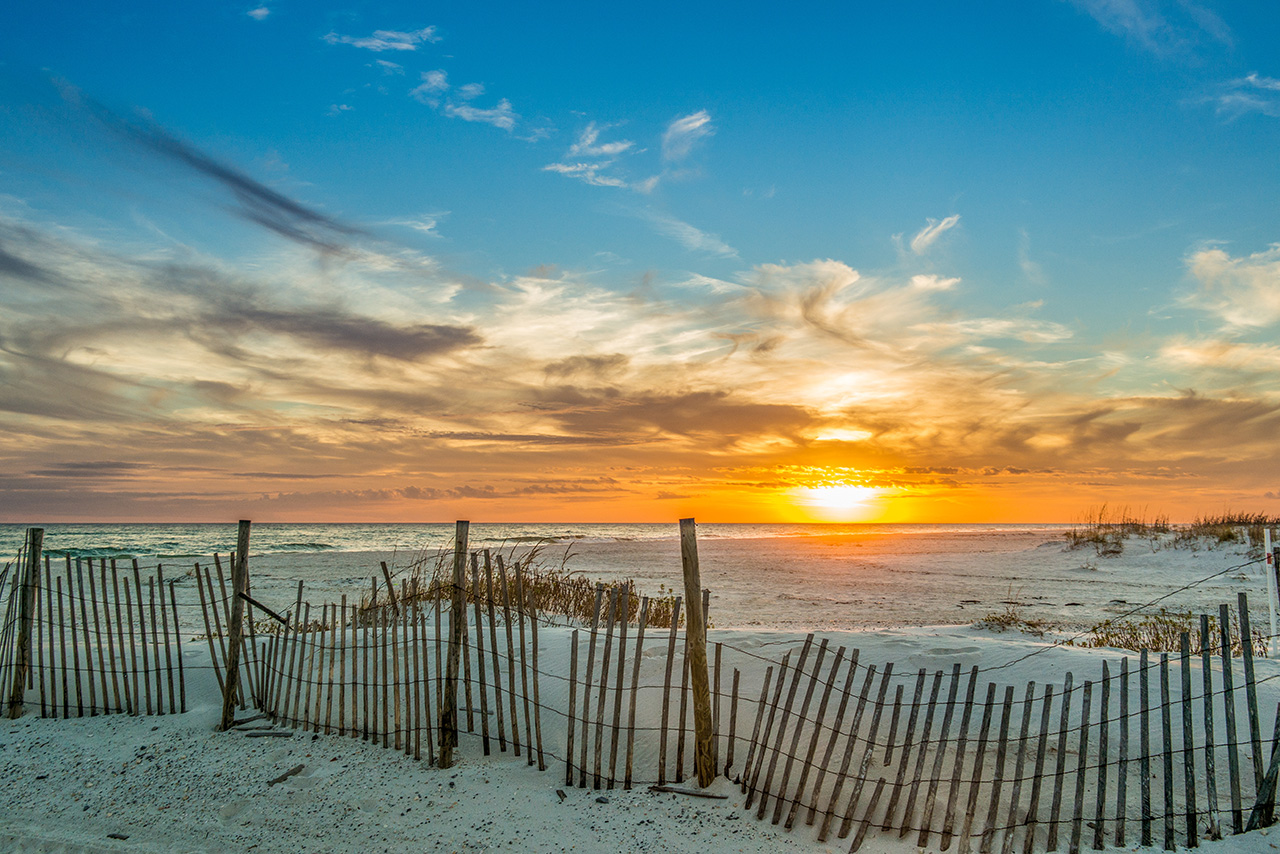
First up, where are the beaches?
The Texas coastline is 367 miles long and stretches from the Louisiana state border to South Padre Island / Boca Chica near the US-Mexico border. The Texas beaches have soft powdery sand, giant sand dunes, and warm water year-round.
Here we present for you a list of four of the most popular beaches and what you can do there.
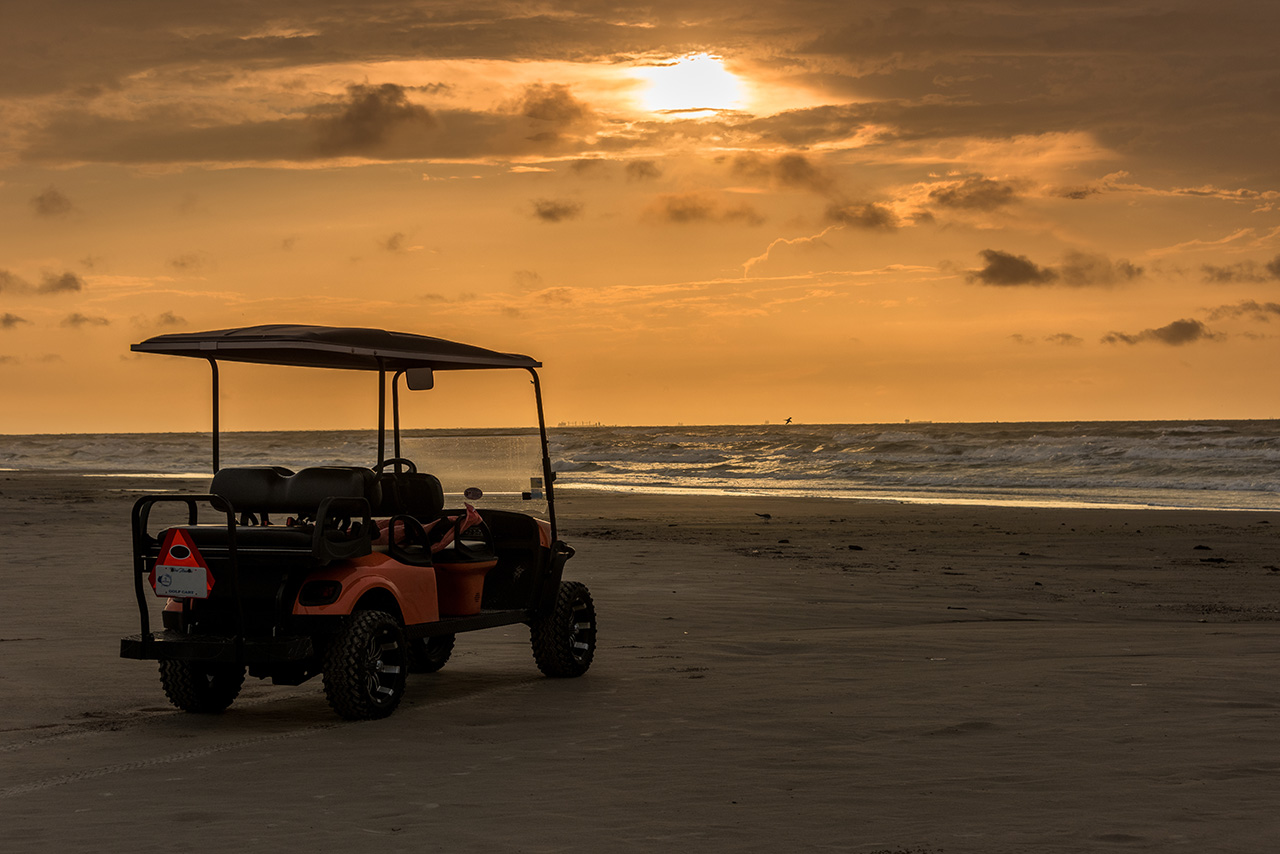
1. Port Aransas
If you are looking for a place that is laid back, family-oriented, and not overrun with tankini-wearing tanners, Port Aransas is your go-to beach. The recreational atmosphere pairs nicely with the soft sand and warm Gulf of Mexico waters. You can park near the beach for a reasonable fee, but parking within walking distance is free!
As we move into the early days of summer in May, this beach has lots of activities, including surfing, kayaking, fishing, and the free U of T Marine Science Institute Aquarium. Eat at a grill house, a seafood shack, or the plenteous pier restaurants and enjoy the live music on the water from Thursday to Saturday nights.
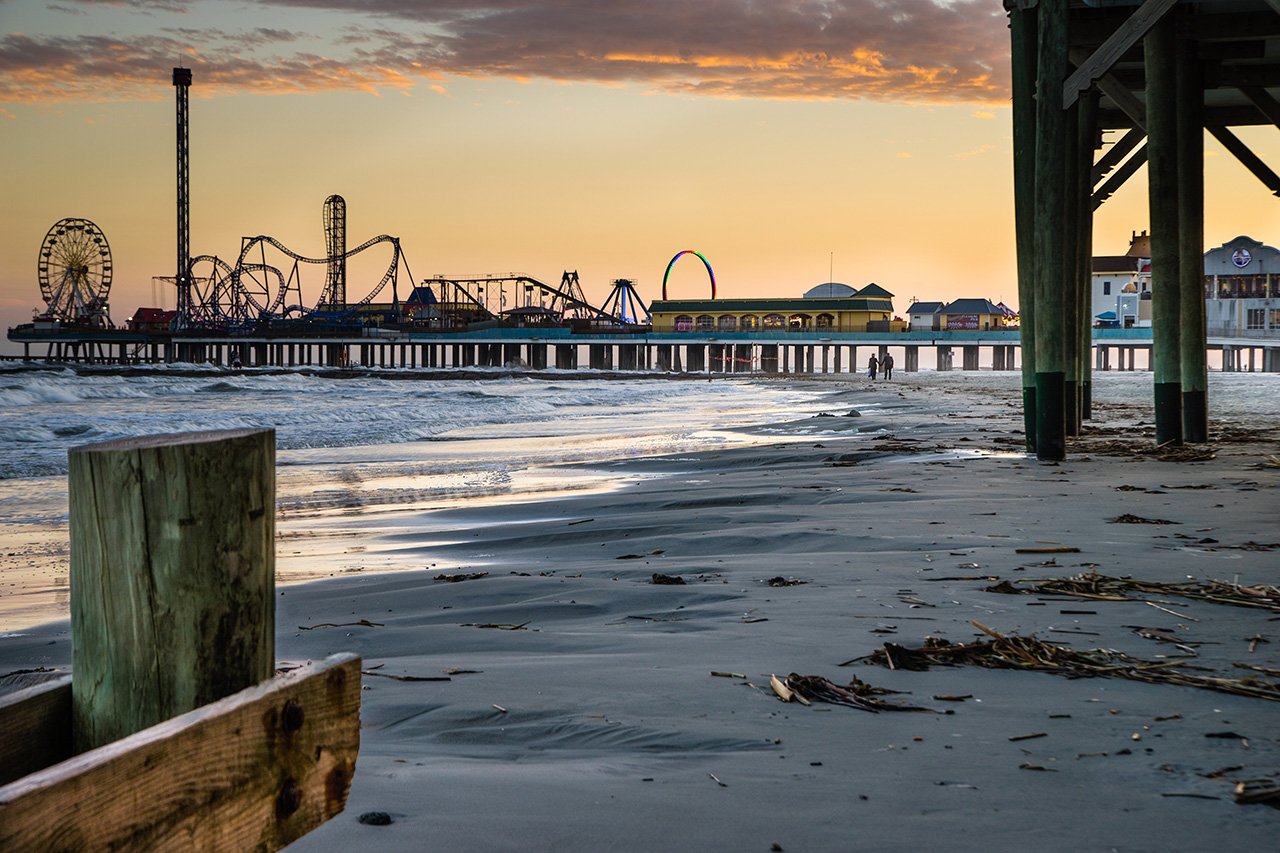
2. Galveston
With more than 30 miles of beach, Galveston boasts a mix of scenes that will meet almost any interest. The Seawall, which includes the longest continuous sidewalk anywhere in the word (10.3 miles), sports shops and restaurants all along the way. It’s mostly meant for walking, but if you want to bring your bike and ride, it does include bicycle access.
Galveston’s summer distractions include the 1877 Tall Ship Elissa, Pleasure Pier, Schlitterbahn Galveston, and Moody Gardens including an aquarium and a rainforest pyramid.

3. Rockport Beach
This clean, calm beach is picturesque with tiki-type umbrellas and notable for its 1,500-foot lighted jetty pier at the end of Rockport Harbor. Additionally, you can walk (or cycle) the path along the shores of Little Bay, which is ¾ of a mile. Starting at the Beach entrance and going down around the circle and back to the Beach entrance is 2 miles. A bonus is that Rockport Beach is the only Blue Wave Beach in Texas. A Blue Wave Beach is clean, managed responsibly and has a focus on the protection of human health and the environment. Blue Wave Beaches are litter free, have handicap accessibility, public restroom facilities and swimmable waters.
Amenities include: water ski loop, free boat launch, fishing piers, walking trail, picnic cabanas, windsurfing launch area and volleyball courts, children’s playground areas, birding opportunities, restrooms and showers.
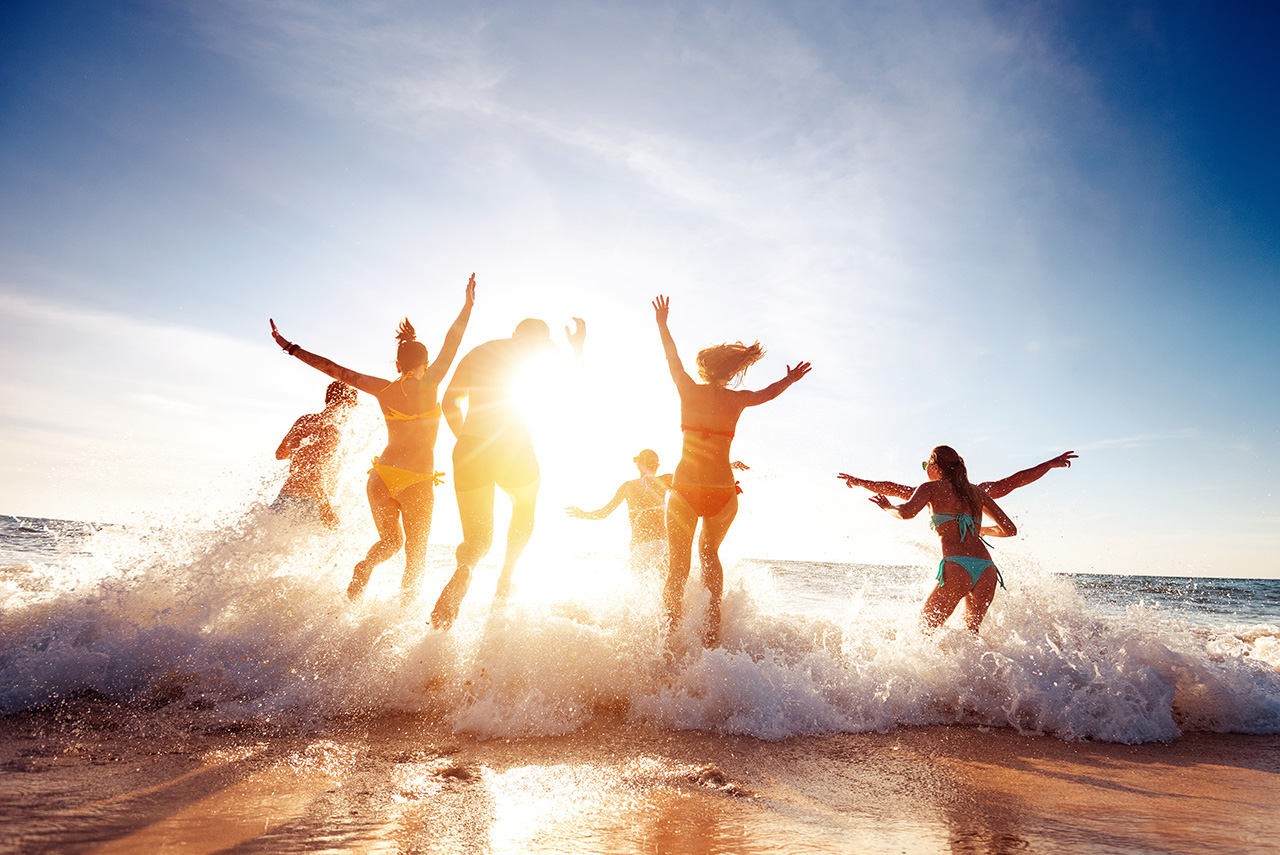
4. Surfside Beach
If you don’t want crowds and busy beaches, Surfside Beach is a great place to visit. This tiny coastal city with a population of about 6,000 has 4 miles of beach that go from the Surfside Beach City limits in the north down to the fishing pier in the south.The warm water and gentle waves make it a perfect family beach and popular spot for those with small children.
As you might expect from the name, surfing is popular here. You can bring your own gear, rent it on the beach, or just enjoy watching the surfers who are catching the waves.
The Surfside Jetty County Park is a popular destination with picnickers and anglers and you can also watch the ships navigating through the ship channel that leads to Houston via Clear Lake. The pier is also great to walk for families and has excellent views at sunset.
You can also see a variety of wildlife from the pier, including dolphins, turtles, and seabirds.
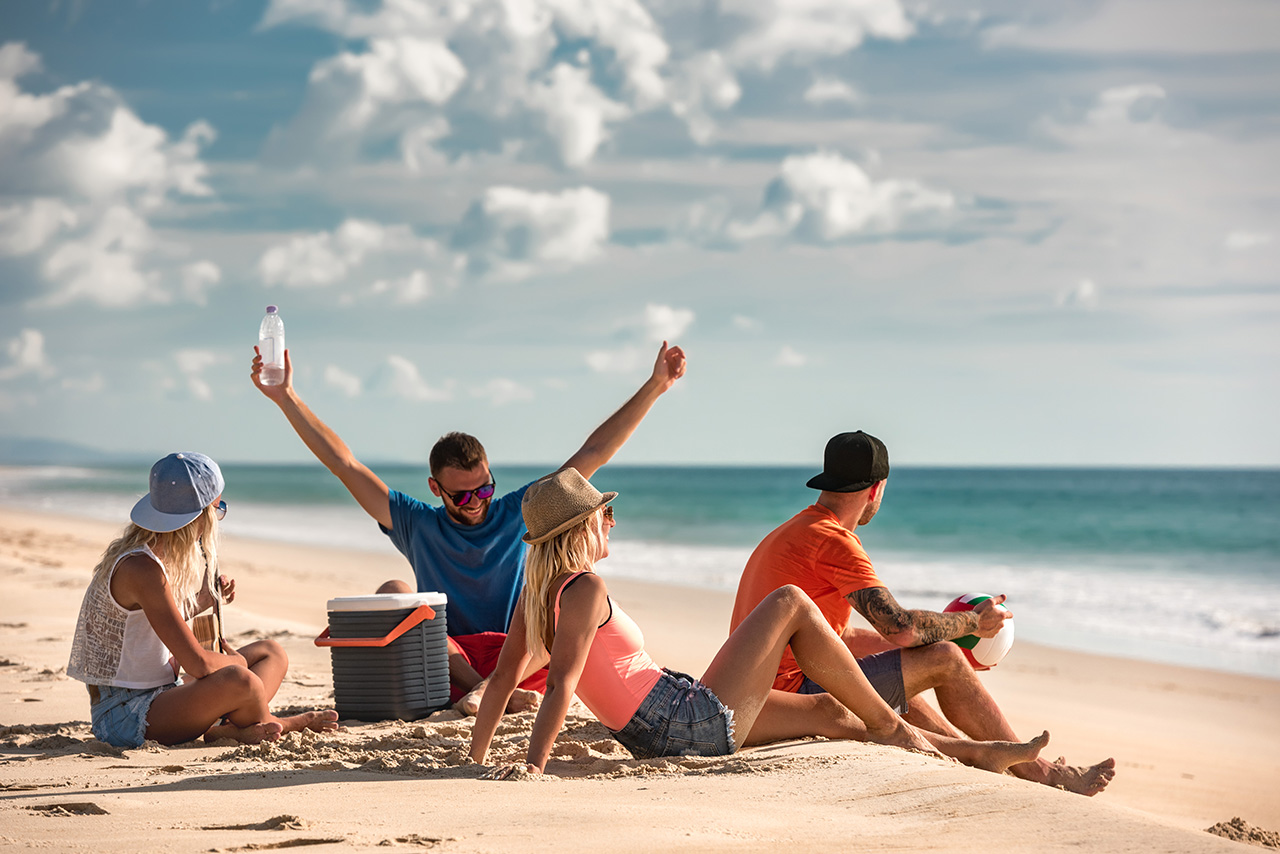
What does a day at the beach look like?
The answers to this question are as numerous as the people who ask! Obvious activities include swimming and sunbathing, but there are so many sports played on beaches that we’ve decided to give you a list of beach sports that just might become your family’s favorite beachside hobby.
Beach sports comprise all the organized sports that are played in sand, preferably on a sandy beach with spectacular views of the ocean. A few of these listed are played in the surf, as well. Some are traditional sports that can be played on or off the sand and others have been developed specifically for the beach environment.
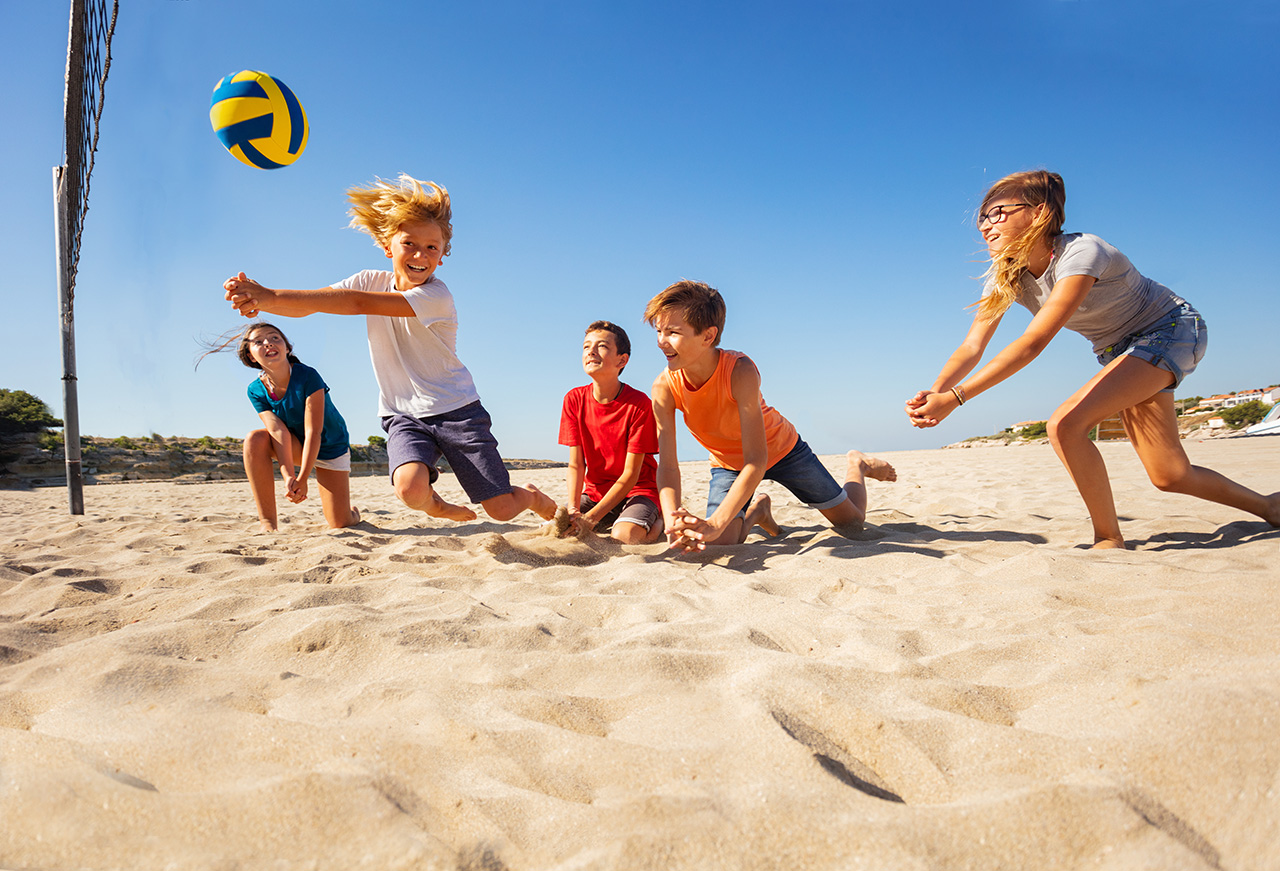
Vocabulary of beach sports
Beach Team Sports
- Beach Basketball — a version of basketball played on sand with two teams of three players.
- Beach Handball — a variation of Team Handball, played on sand instead of indoors. This sport is sometimes called Sandball.
- Beach Netball — netball played in the sand on a half court.
- Beach Rugby — a version of rugby played on the sand.
- Beach Soccer — similar to association football but played on a beach or sand.
- Beach Tennis — a sport which has elements from tennis and volleyball, and played on the beach.
- Matkot — a beach paddle sport from Israel that is very similar to beach tennis.
- Beach Volleyball— A version of Volleyball played on and with teams of two players, in which a ball is hit by hand over a high net, the aim being to score points by making the ball reach the ground on the opponent’s side of the court.
- Footvolley — like beach volleyball though you can only use your feet.
Other Beach Sports
- Beach Golf — a simplified version of golf played on sand with a polyurethane foam ball.
- Beach Woodball — a version of Woodball played on sand that involves using a mallet to pass a ball through gates.
- Beach Wrestling — a standing up position style of wrestling conducted on beach sand.
- Beach Sambo — a modified version of sambo played on the sand, with bouts lasting three minutes, without penalties and mat wrestling.
- Sandboarding — involves sliding on the sand while standing on a board.
- Matkot / Frescobol — a beach paddle sport similar to beach tennis, played in Israel and Brazil.
- Sports Played in the Surf
- Surfing — participants stand on a surfboard, and use the waves for propulsion.
- Surf Kayaking — involves surfing in the ocean using a kayak.
- Surfboat Rowing — a team of riders compete using surfboats on a course out and back through the surf.
- Beach Sprint Rowing — short rowing race in the open water also involving a beach sprint.
- Surf Lifesaving — competitions consist of performing various tasks performed by lifeguards on the beach.
- Kitesurfing — a board and kite are used on the water utilizing different styles consisting of freeride, speed, down winders and racing.
- Open Water Swimming — competitive swimming races conducted over various distances (10km at the Olympics) held in rivers, lakes and oceans.
- Beach Water Polo — an open water version of water polo played on a smaller field with four players per team.
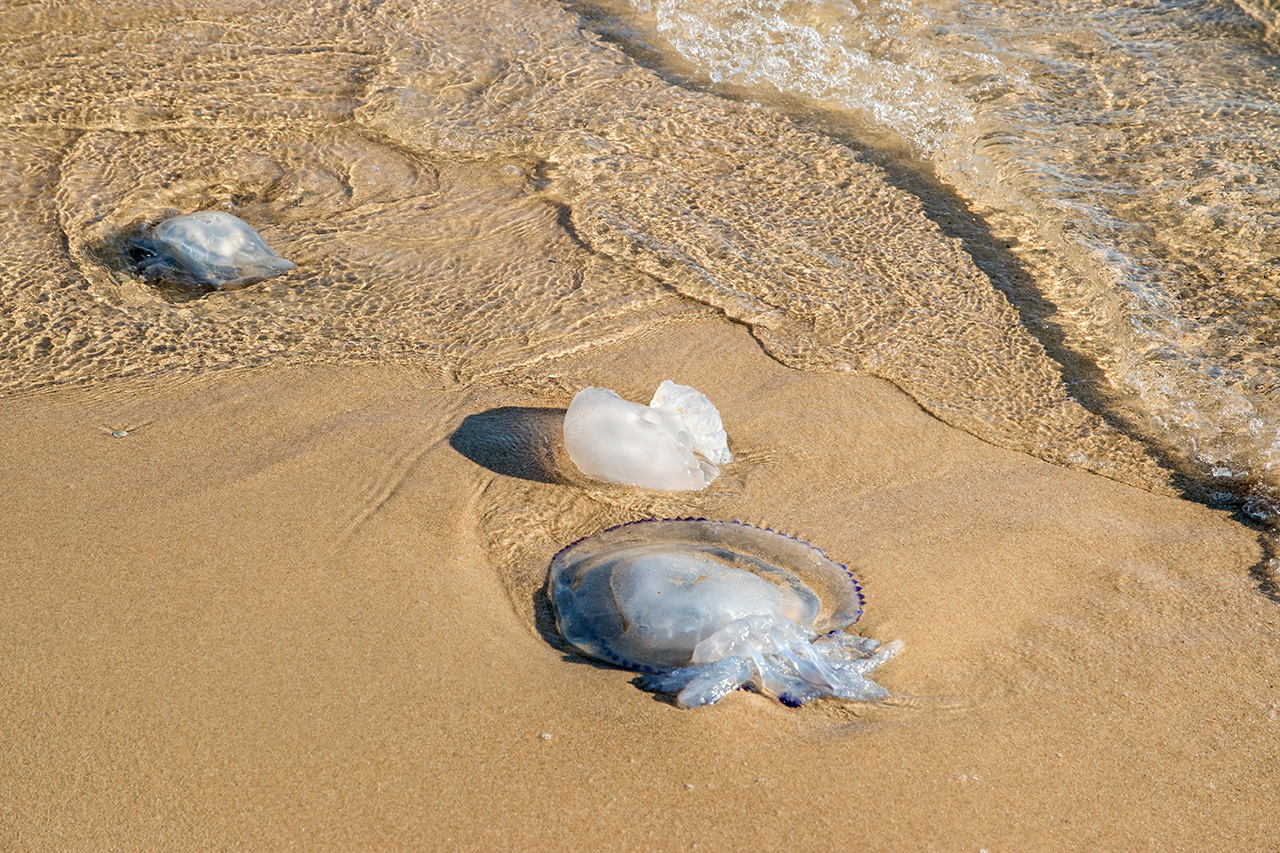
Staying safe and healthy on the beach
The first rule is, know the rules! Beaches have posted rules designed to keep you safe and the beaches clean and usable. PLEASE read them and follow all the rules. No, you are not the exception!
Common beach injuries and how to prevent them
Small cuts and scrapes
People are most often barefoot on the beach and in the water. Therefore, you may step or slip on rocks, sticks, or other debris at the beach. Water shoes can help prevent these minor injuries, if you are willing to give up the feel of the sand slipping between your toes. Stashing a small first aid kit in your beach bag is a good idea, and you can ask a lifeguard in the case of a cut.
Jellyfish stings
Texas bays and estuaries are filled with some interesting and sometimes scary creatures— sharks, stingrays, and jellyfish. If you are stung by a jellyfish, get out of the water. Rinsing with saltwater is good, as is hot water. If you experience a lot of pain, taking an over-the-counter medication might be enough to quell the pain. If you feel dizzy or nauseous after getting stung, though, head to the emergency room.
Sunburn
The most frequent beach injury is sunburn. It’s important to wear sunscreen and avoid long periods in the direct sun. Tent canopies, large hats, and cover-ups can help, too. If you do get sunburned, take a cold shower or use cold compresses to relieve the pain and stop further damage. Using aloe vera gel or moisturizer can help minimize the pain, as can over-the-counter pain medication.
Seek immediate care if you experience these symptoms after a sunburn:
- Fatigue
- Nausea
- Dizziness
- Headache
Here are some tips to prevent sunburn
- Use a mineral-based sunscreen in the 30 – 50 SPF range that blocks both UVA and UVB rays. This is just as important for people with darker skin tones, as they can also develop skin cancer as a result of long-term sun exposure.
- Re-apply sunscreen every two hours. Most people don’t apply as much as they need.
- Pay attention to sunscreen expiration dates; once you hit that date, replace it.
- Don’t neglect the most commonly forgotten areas when applying sunscreen: your ears and neck, the tip of your nose, and the tops of your hands and feet.
- Hats and sleeves go a long way in protecting your skin. Wear both as much as possible.
- If you have diabetic neuropathy, which alters the sensations in your hands and feet, keep a close eye on your skin, as you won’t be able to rely on how it feels.
- Be careful while walking on hot sand and pavement. People don’t typically put sunscreen on their palms or the bottoms of their feet, but you could damage your skin in less than a minute with hot contact.
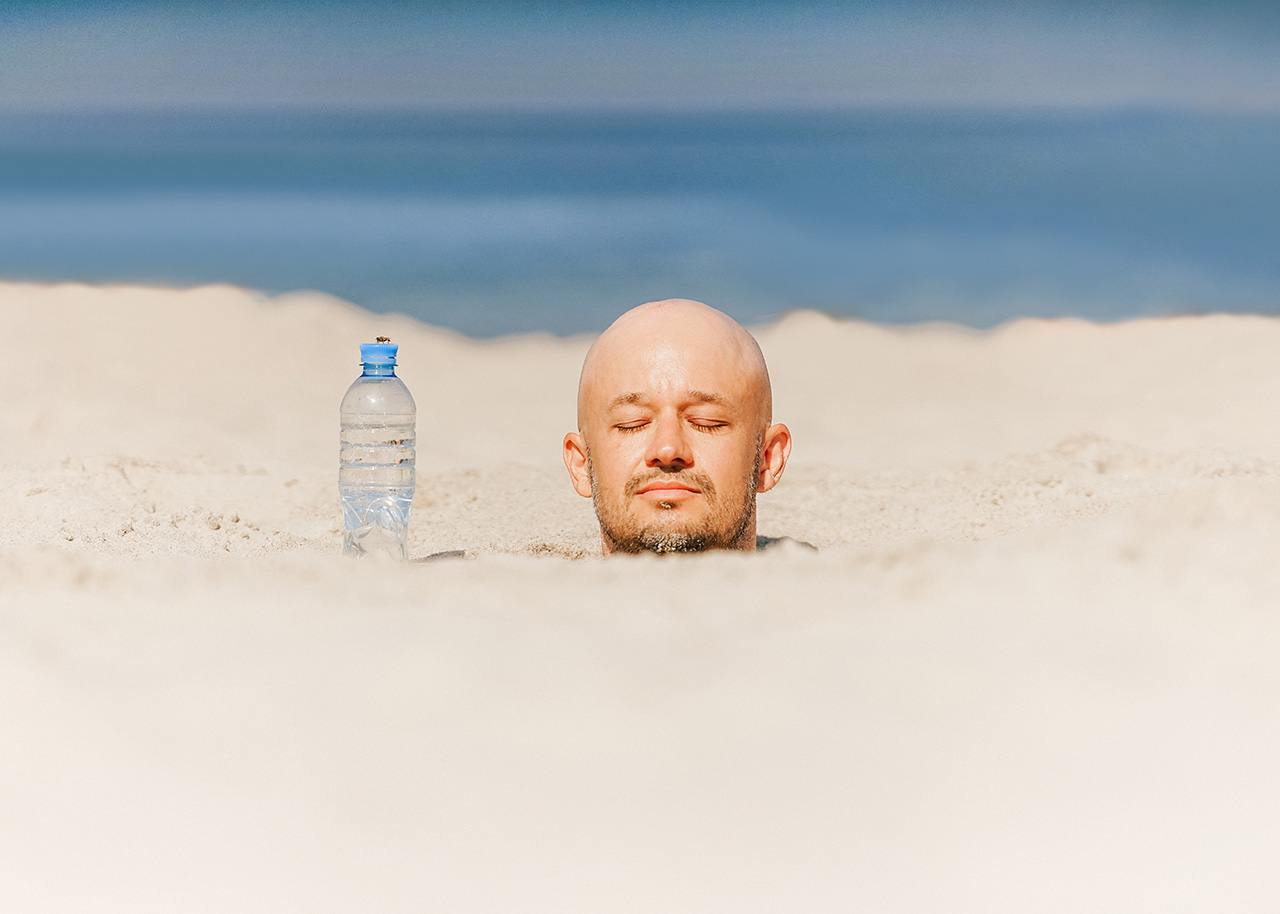
One last thing: dehydration
Humans can only survive a few days without fluids, which is why maintaining proper hydration is essential to overall good health. Many people don’t drink enough, and a day in the sun can exacerbate the situation. Dehydration can affect many aspects of health and in severe cases, it can be life threatening. Here’s how to know if you or your child are dehydrated.
- Fatigue. If you’re dehydrated, you may feel more tired than usual. Watch your children for signs of fatigue.
- Dark colored urine and low urine output. If you’re not drinking enough fluids, your urine will be a darker color and you won’t pee very much.
- Dry skin, decreased skin elasticity, and cracked lips. If you’re experiencing dry skin, dry mouth, and dry or cracking lips, dehydration may be contributing to these symptoms.
- Headaches. If you are not drinking enough, you may experience headaches. People often mistake headaches as being the glare from being in the sun too long, but the more frequent cause is dehydration. (We do recommend polarized sunglasses, though, because you expend more energy through your eyes than any other way, and glare fatigues you fast.)
- Lightheadedness and dizziness, especially when you stand up.
- Heart palpitations. If you feel fluttering or pounding in your chest, you’re likely dehydrated.
